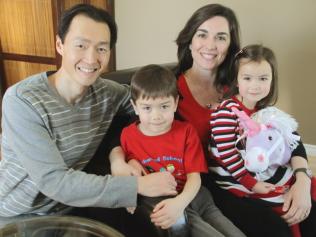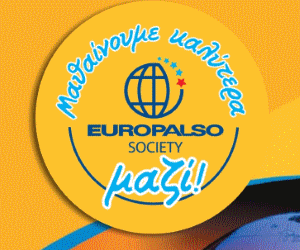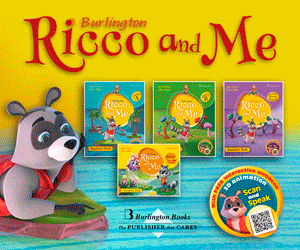It’s a family reality that’s expected to become even more entrenched when Adam’s little sister, Laura, starts kindergarten next year in the same Mandarin-bilingual program at Highwood Elementary.
“We’re so happy with this program, it’s just wonderful. And I think it’s really beneficial for the kids,” says mother Linda Liu.
The Canadian-born mom and her Taiwanese-born husband chose Mandarin for their kids in hopes of giving them a more rounded education in culture and language.
But the edge they’ll have in the global economy will also give them a wide range of options once they choose a career, Liu says.
“It’s a very competitive time right now — and Mandarin is a major language for them to have in terms of their futures.”
The Lius are among thousands of Calgary parents who are choosing a second-language education for their kids.
Studies have repeatedly shown that second-language instruction improves the development of analytical, abstract and creative thinking, and enhances problem-solving skills, especially if the second language is introduced at the kindergarten level.
Knowing two or more languages also helps children on scholastic aptitude tests, including the tests taken to determine acceptance into post-secondary programs. One study showed that students who had taken at least four years of foreign language courses scored more than 100 points higher on achievement tests than those without second-language skills.
But many parents are also choosing second languages, particularly Chinese and Spanish, in hopes of giving their children an edge in the international jobs market.
As Calgary’s energy and business sectors continue to position themselves in the global economy, public schools here have seen a surge in foreign language education, with enrolment in Chinese and Spanish bilingual programs growing exponentially in the past five years.
In 2006, 111 students were enrolled in the Mandarin bilingual program with the Calgary Board of Education. This year, that number more than tripled to 382. As well, in 2006, public schools had 1,035 students enrolled in the Spanish bilingual program with that number more than doubling to 2,518 this year.
French-immersion students with the CBE remain steady, hovering between 7,337 and 7,097 over the past five years.
And in the Catholic system, where only French and Spanish are offered, numbers have also not seen any significant peaks or dips.
Sheila Macleod, director of global learning for the CBE, agrees more families are choosing second-language education for the cultural diversity, the academic edge and increased career opportunities in a global economy.
“Many people are realizing that having that second language is really an asset. As a student, you gain amazing cross-cultural competencies, you often have higher test scores in reading, language and math.
“And there are real global opportunities — when they start looking for employment, having that second language is very beneficial.”
Christine Cheung, principal at Highwood Elementary, which runs a K-6 Mandarin program, says families from all cultural backgrounds are joining the program in droves.
“The program has really boomed over the last three years,” says Cheung, adding she expects up to 80 kindergarten students next fall, a doubling of the 40 registered about five years ago.
“Mandarin is a global language. Parents are looking to the future in terms of what their kids will need in a future economy. But they are also loving the program for its balance of both language and culture.”
Mandarin and Spanish bilingual programs teach 50 per cent in English and 50 per cent in the second language.
French immersion, however, teaches 100 per cent in French until Grade 3, at which time English is taught only in English Language Arts. In junior high, physical education and options are taught in English and, in high school, all sciences and options are taught in English.
Macleod says French and English are the only two languages that can be taught at more than 50 per cent in public schools because they are both official languages under federal law
calgaryherald.com





